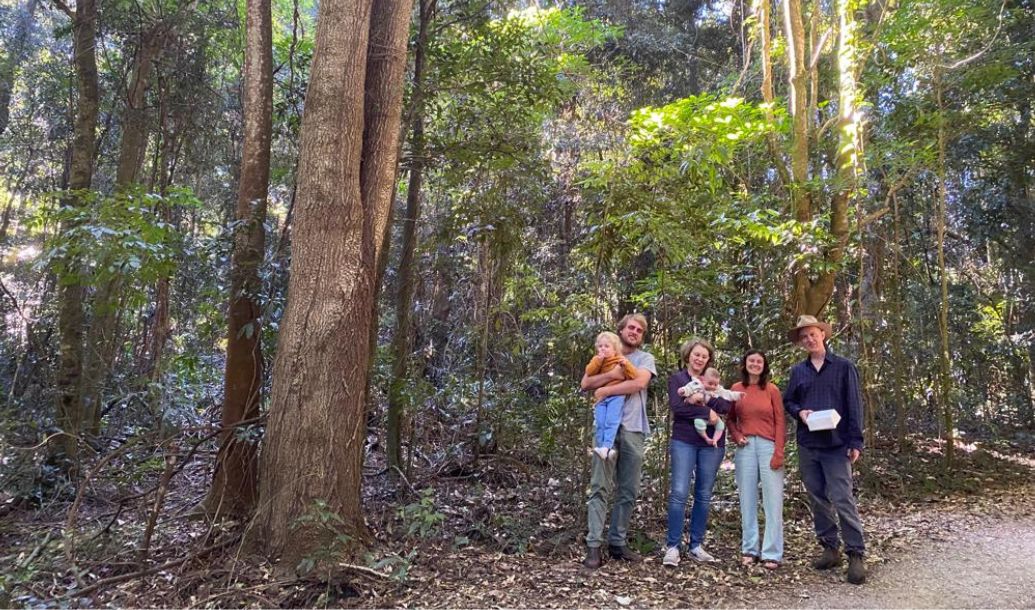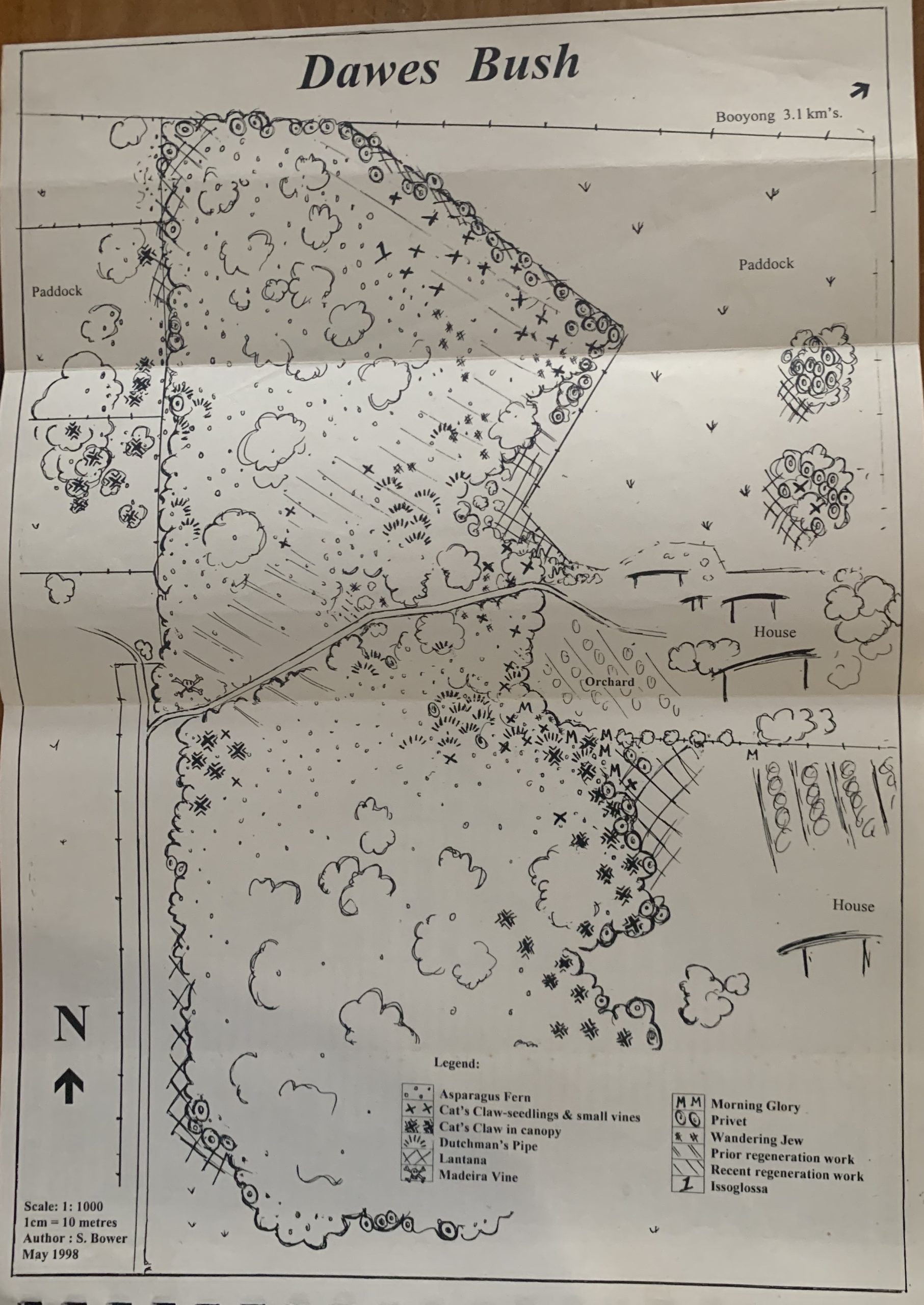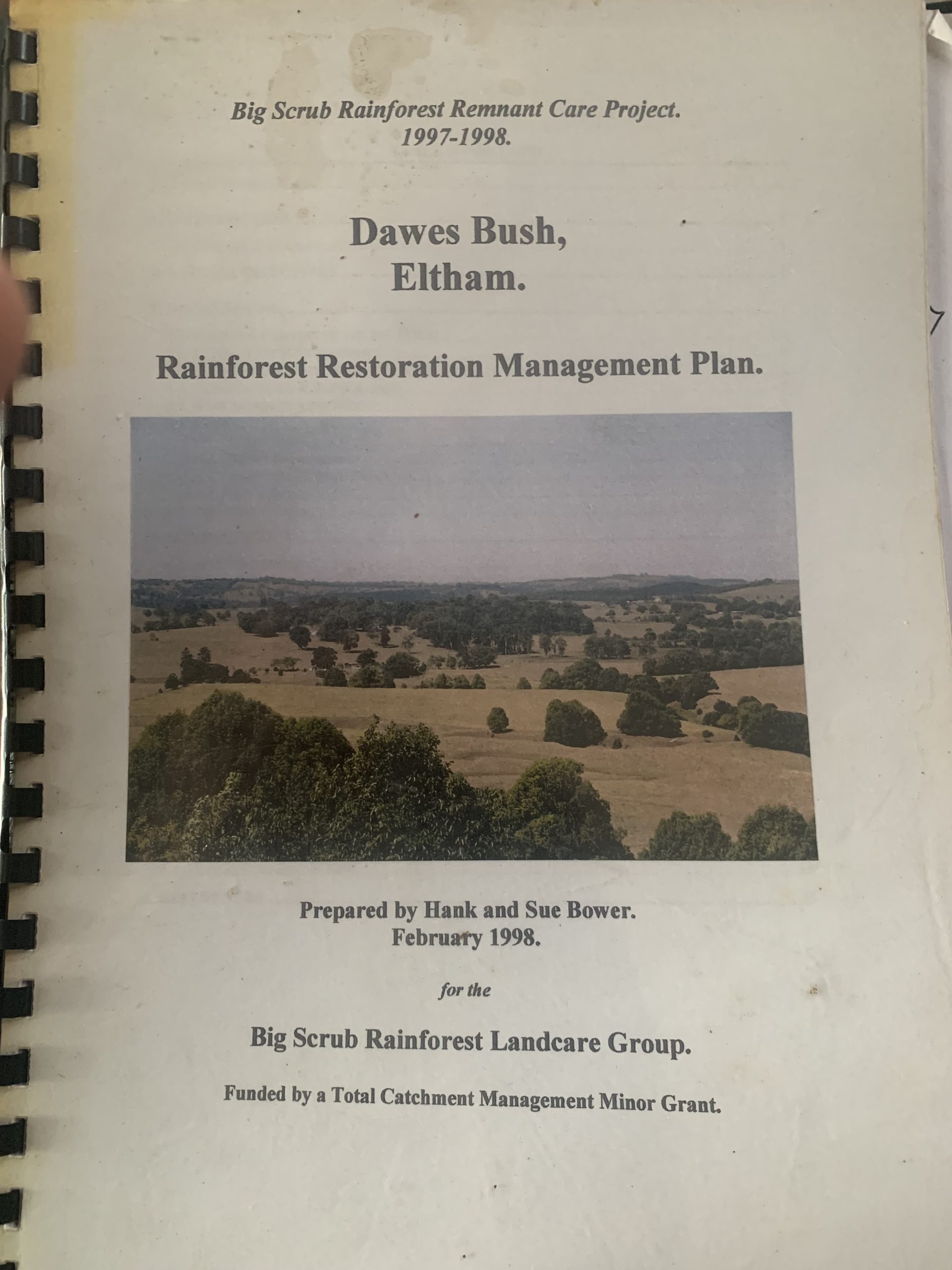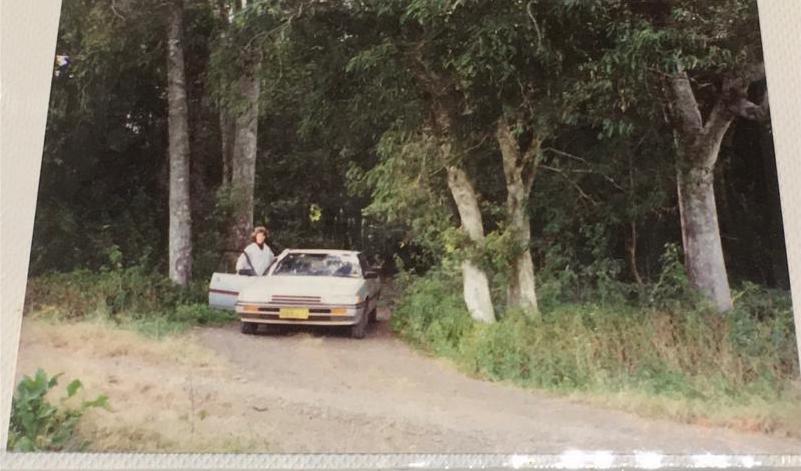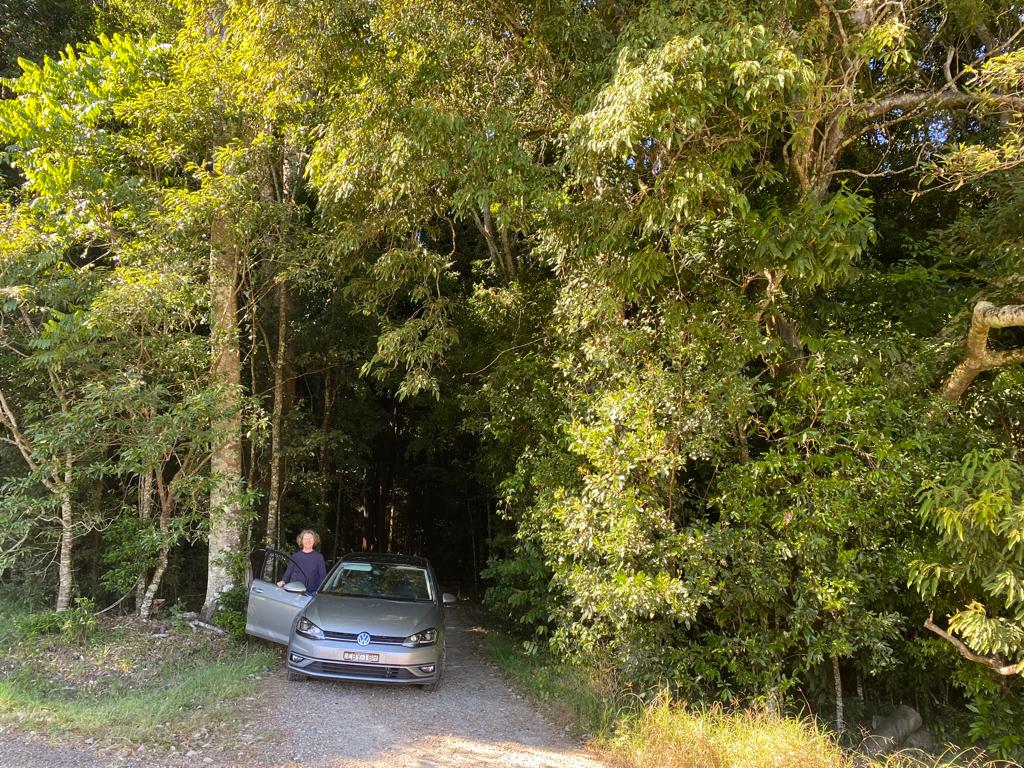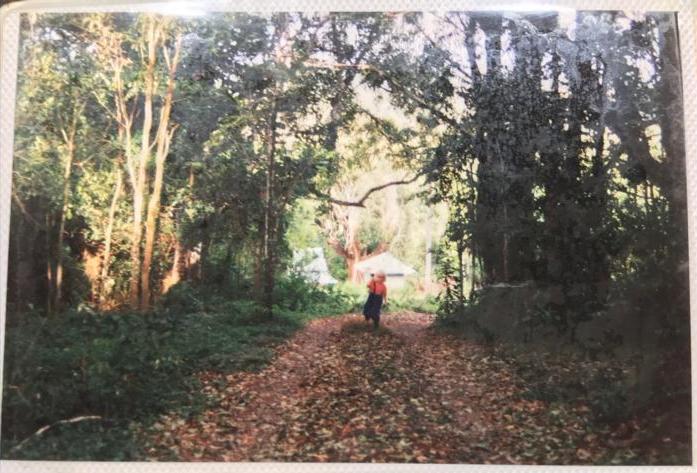The story of Dawes Bush is a tale of stewardship passed down through generations – a long-term restoration project that has flourished under its current owners, the Lennon family, who live on the site today in a dwelling built from rainforest timber many years ago.
Talking to Ian Lennon about the regeneration of his family’s land gives an instant insight into the passion that preserved and expanded the 10-acre remnant. According to Ian, the property was the last in the Eltham Valley to be felled during the era of government-mandated clearing, giving the Dawes extra motivation to preserve it. The grandsons of the first landholder – Austin and Arty Dawes – were operating the old dairy farm on the property until 1975 and then a piggery for many years before the Lennons purchased the land in 1993. They passed on stories about rainforest trees left to survive in the paddock and the timber used in the construction of the home, and were well aware of many of the Big Scrub’s wonders.
The remnant, which straddles the Lennon’s property and a neighbour’s land, contains several large 100+ year-old red cedars, many large figs (which have no timber value due to their copious sap), a population of giant stinging trees and a black bean- and white booyong- dominant canopy. On the wetter side, the understory and palm gallery is well established and complex. Bird life is the most noticeable fauna and prolific, with noisy pitta, wompoo fruit doves and many other species in abundance. And one of the real highlights of the remnant is a thriving fire fly community, which put on a show each September and October.

Several extraordinarily large strangler or watkins figs (Ficus watkinsiana) are found in the remnant (pictured) as well large small-leaved figs (Ficus obliqua).
Formal regeneration work began on the remnant in 1994, and has continued since in various forms, either conducted by the Lennon’s themselves or by private contractors, TAFE groups or contractors of Big Scrub Rainforest Conservancy, Envite and Greencorps. Over 110 native species of plants have been recorded in the remnant – many of them threatened species that needed protection from savage infestations of cat’s claw, asparagus fern, dutchman’s pipe, privet and other weeds.
In addition, the Lennon family have implemented a variety of techniques to restore rainforest on a 5-acre section of the old grazing paddock. Two major plantings were conducted to re-introduce vegetation, beginning in 2003, which involved extensive clearing of weeds or, as Ian describes it, “shearing the green merino”. More recently, camphor conversion techniques have been implemented, yielding what the family believes have been superior results. Once poisoned, the camphor’s skeletons became perch trees for the site’s prolific birdlife, spreading seed naturally from the adjacent remnant’s seedbank. Growth of vegetation has been much thicker over the past 3-4 years in this section, as the natural seed dispersal process worked its magic.
Pictured: A mud map of the remnant and restoration plans, and one of the original management plans created by Hank and Sue Bower.
Ian and Sally have passed on their love of the Big Scrub to their children Kate, Georgia, Paddy and Jake. Both Paddy and Jake are professional bush regenerators – Paddy specialising in camphor conversion techniques and working across the Northern Rivers, and Jake working at Firewheel Rainforest Nursery and on various regen projects. Both will likely contribute to Ian and Sally’s plans to plant another 1-2 acres adjacent to Dawes Bush, maybe even with the help of some fast-growing new bush regenerators – grandchildren Sadie, Ollie and Frank.
Before and after
Old photos from the family album have been recreated by Jake Lennon in 2023. Note the weeds present in the early photos, which are now less able to take hold after the regeneration efforts.
The Lennons believe the Dawes’ protection of the remnant shows early signs of conservation or, at the very least, rainforest appreciation. From these small beginnings, big things have grown for Dawes Bush, making it one of the finests surviving patches of the Big Scrub.

